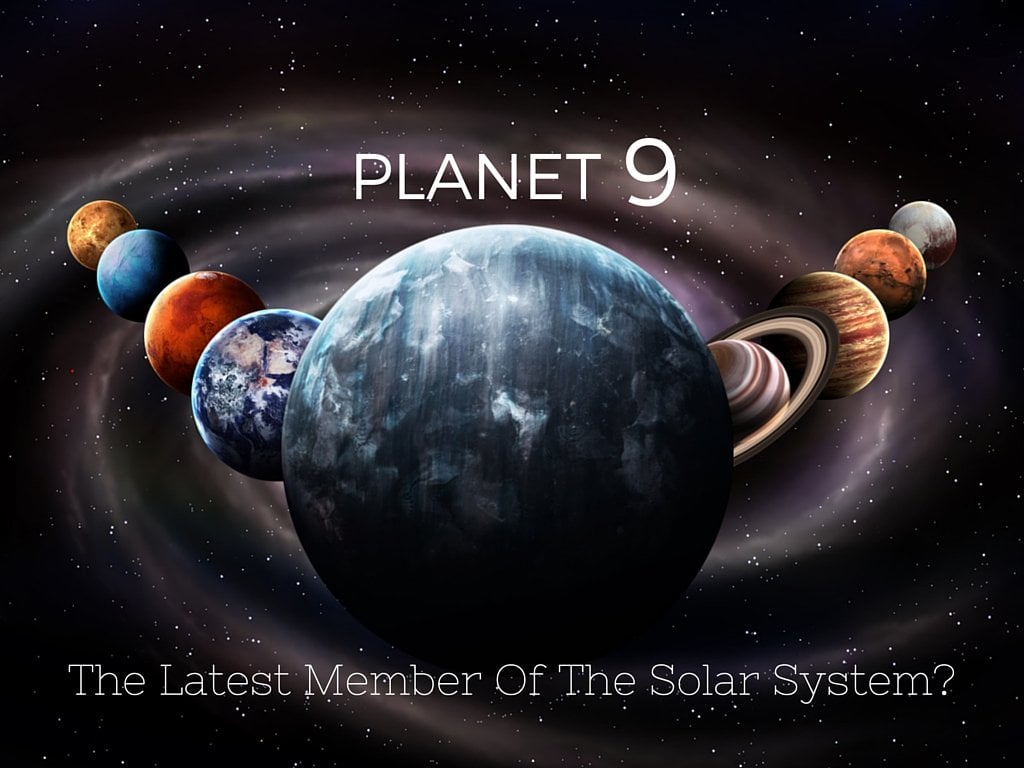
In 2006, Pluto was taken off the list of planets, leaving our Solar System with just 8 planets. This demotion occurred 76 years after Pluto was initially added to the list of planets. This decision by the International Astronomical Union (IAU) defined what objects could be classified as a planet. An object needs to be round, orbiting the Sun, and not have neighboring planetary objects/debris that follow its orbit.
After Pluto was demoted to a dwarf planet, there was public uproar. To this day, there is still debate about whether Pluto is a planet. Many unofficial polls indicate that the public largely thinks about Pluto as the ninth planet in our Solar System. Some scientists agree, citing that there was already a working definition of a planet: any geologically active bodies in space. They believe that the new definition defined by the IAU opposes the working definition scientists have been using for centuries. According to planetary physicist Philip Metzger, this would mean our Solar System would likely hold over 150 planets.
What do you think? Should Pluto be a planet again?









